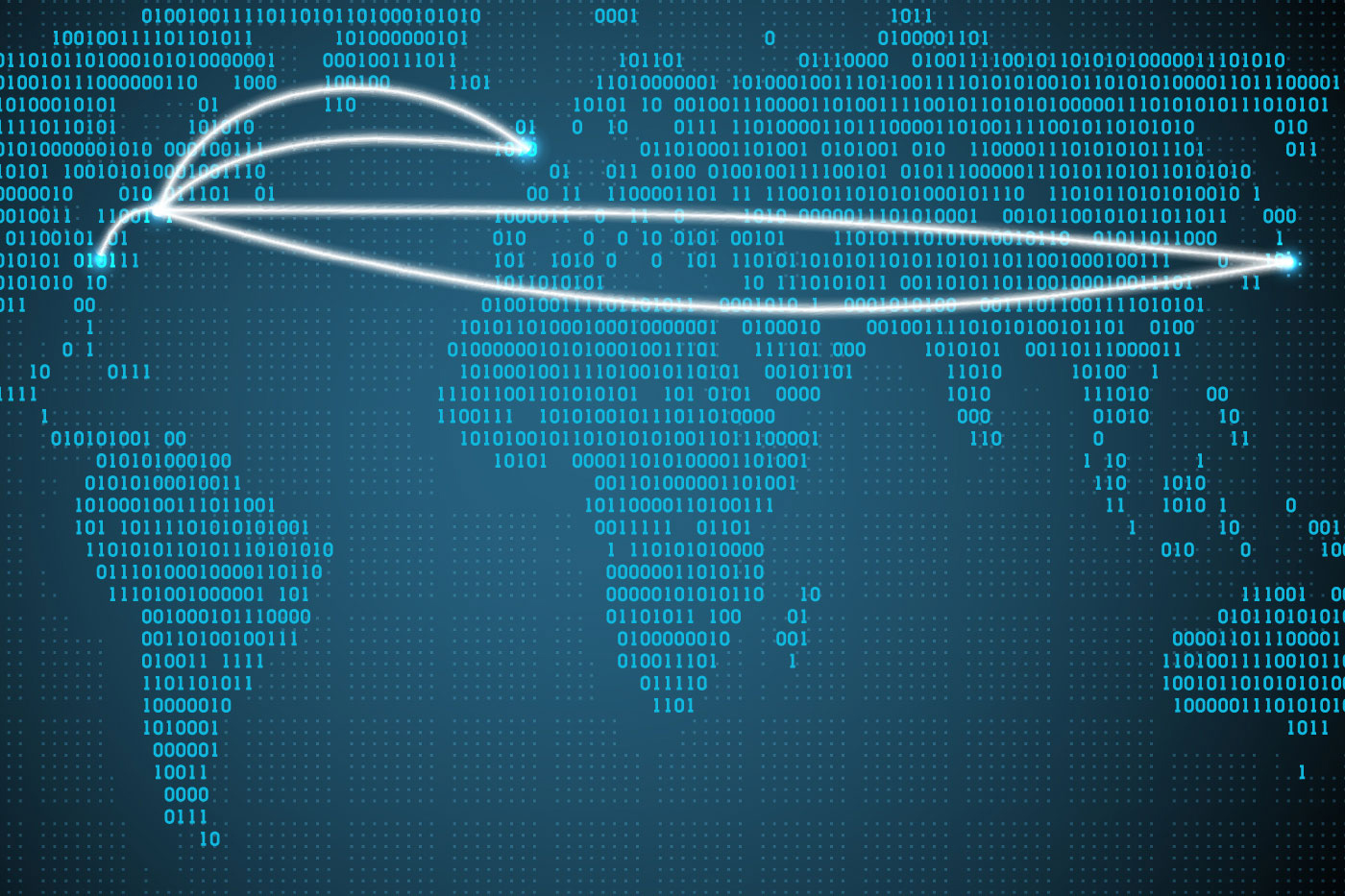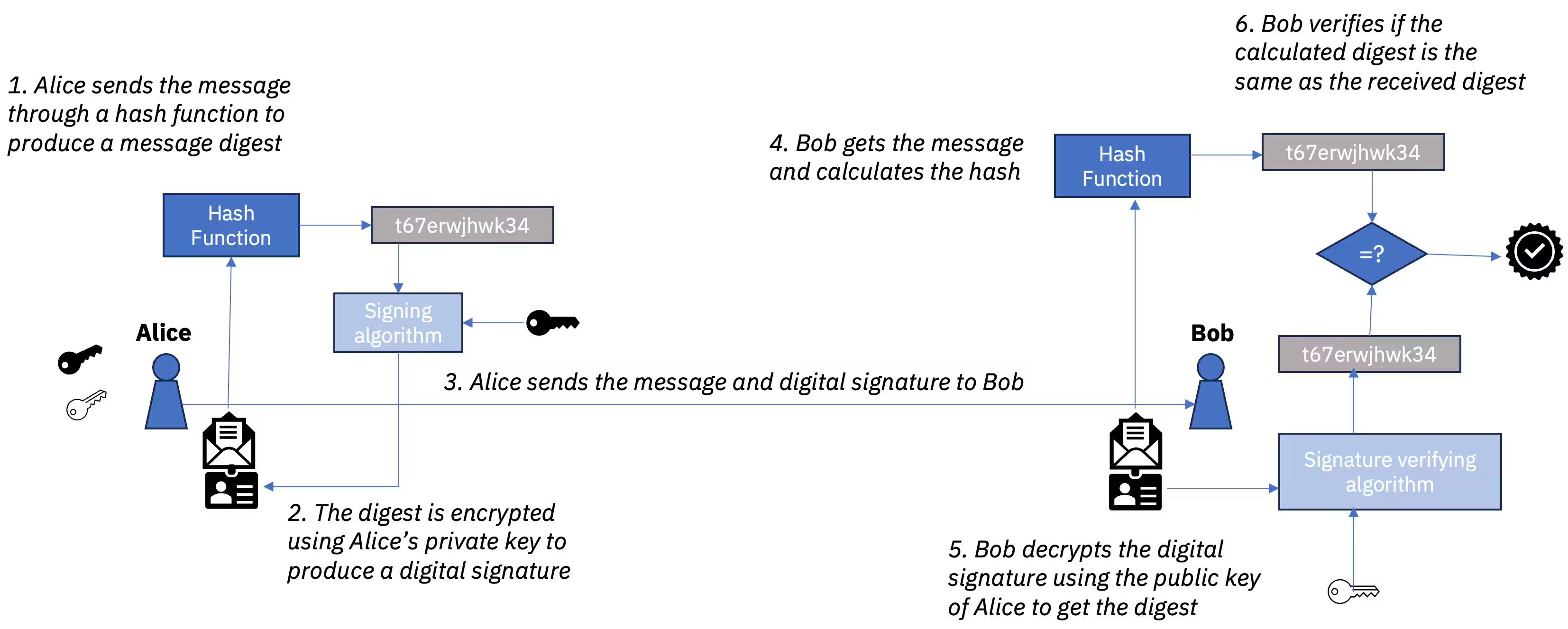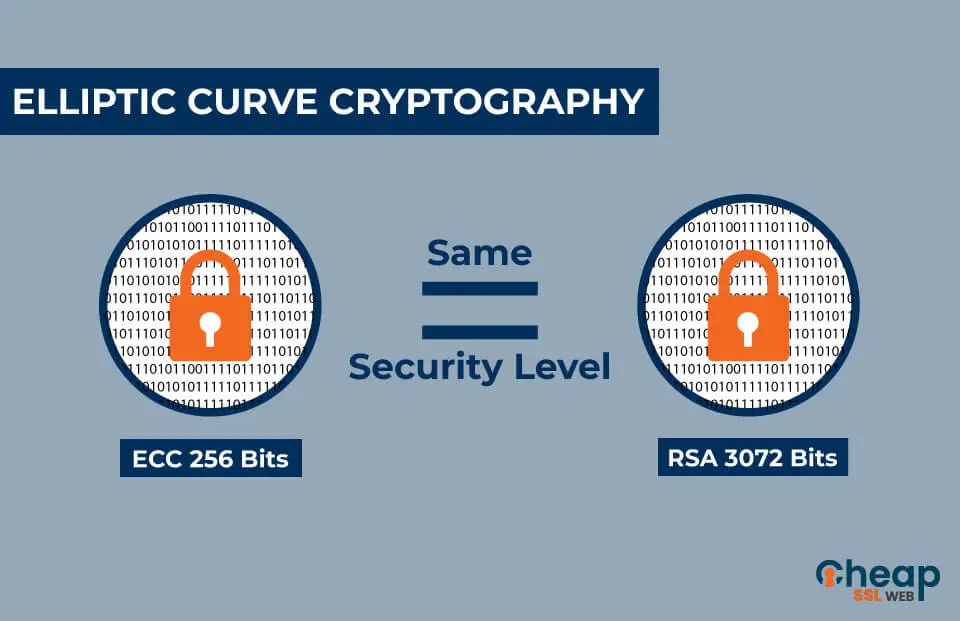Navigating the Digital Revolution: The Rise of Cybersecurity Challenges and Opportunities
The digital age has ushered in a paradigm shift, transforming nearly every aspect of our lives. As we navigate through the layers of internet-driven changes, the necessity for robust cybersecurity measures has escalated. In a world where data is the new currency and information exchange happens at lightning speed, the rise of cybersecurity challenges is inevitable. Yet, within these challenges lie significant opportunities for innovation, growth, and resilience.
Cybersecurity: A Growing Global Concern
In recent years, cybersecurity has catapulted from a niche IT concern to a global priority. High-profile data breaches, ransomware attacks on critical infrastructure, and the alarming rate at which new vulnerabilities are being identified have grabbed the world's attention. Whether it's personal data of millions exposed due to lapses in security protocols or entire cities being held hostage by cybercriminals demanding ransom, the stakes have never been higher.
These incidents are not just about financial losses—they also question the integrity of our digital infrastructure. In the interconnected ecosystem of today's digital world, where smart devices dot every corner, from our pockets to our kitchen appliances, the potential entry points for cyber threats have multiplied exponentially. This phenomena has led to an urgent need for sophisticated, continuously-evolving cybersecurity strategies to protect sensitive information and sustain trust in digital systems.
The Cybersecurity Workforce Gap
One of the most pressing cybersecurity challenges is the significant workforce gap in the industry. There is a stark shortfall of skilled cybersecurity professionals, which ISC² estimates to be around 3.1 million globally. This gap is not just about having enough hands on deck; it's about having the right expertise to design and implement comprehensive security measures, stay abreast of the ever-changing threat landscape, and effectively respond to breaches when they occur.
Governments and private sectors are mounting various initiatives to address this gap, including promoting STEM (Science, Technology, Engineering, and Mathematics) education, supporting professional cybersecurity certification programs, and creating awareness about the diverse career paths within the field of cybersecurity. However, it is a race against time to develop a workforce large and proficient enough to outpace the sophisticated and aggressive nature of modern cyber threats.
The Double-Edged Sword of Emerging Technologies
Artificial Intelligence (AI), the Internet of Things (IoT), blockchain, and 5G are examples of emerging technologies that are changing the cybersecurity game. These technologies promise not only greater efficiency and new functionalities but also present new vulnerabilities.
AI and machine learning, for example, are joining the front lines in cyber defense, helping to quickly identify and respond to threats based on patterns and anomalies. Yet, they also empower attackers with advanced methods to carry out more sophisticated, targeted, and covert operations. The struggle is akin to an arms race, where each innovation can serve both as a defensive tool and an offensive weapon.
Privacy Legislation and Data Protection
Amidst the increasingly sophisticated threats and the deployment of emerging technologies, governments worldwide are stepping up to play a more active role. The introduction of comprehensive data protection regulations such as the European Union’s General Data Protection Regulation (GDPR) and the California Consumer Privacy Act (CCPA) showcases a growing attempt to ensure companies are accountable for protecting consumer data.
While these regulations have been welcomed for championing consumer rights and data privacy, they have also imposed significant compliance challenges on organizations. The requirements for consent, data minimization, and the right to be forgotten necessitate fundamental changes to how data is collected, processed, and stored. Companies are thus compelled to adapt their business models and invest in their cybersecurity posture not only to avoid penalties but also to maintain consumer trust and remain competitive.
Cybersecurity Ventures and Innovations
Despite the looming cyber threats, the sector's expansion brings opportunities. The cybersecurity industry is booming, with market analysts predicting the global cybersecurity market to grow from $217 billion in 2021 to $345 billion by 2026. This growth is fueling innovation in fields like cyber threat intelligence, security orchestration, automation, and response (SOAR) solutions, and zero-trust architectures.
Start-ups and tech giants alike are exploring new ways to confront cyber threats—whether through developing smarter antivirus software, creating new authentication protocols that move beyond passwords, or harnessing quantum computing to anticipate and neutralize potential threats before they manifest. This burst of innovation is leading to a dynamic marketplace that attracts investments, stimulates job creation, and encourages a continuous focus on research and development.
The First Line of Defense
As promising as technological solutions may be, they form just one part of the cybersecurity puzzle. The human element remains crucial. Educating the broader populace about basic cybersecurity hygiene, such as recognizing phishing attempts, using secure passwords, and updating software regularly, is fundamental. Cybersecurity is no longer the sole domain of IT departments; it's a shared responsibility where everyone has a role to play in maintaining a secure digital environment.
The journey through the treacherous waters of cybersecurity is complex, fraught with risks but abundant with opportunities for those who choose to be at the forefront of this digital frontier. As we continue to explore and fortify the vast expanse of cyberspace, the need for constant vigilance, education, and innovation has never been more acute. The future of our digital world depends on our collective efforts to set sails toward a safer horizon, ensuring the vast potential of our interconnected era is harnessed for the greater good, not undermined by cyber threats.
How individuals, corporations, and governments navigate the cybersecurity landscape will set the precedent for the digital era's resilience, shaping not just the virtual but also the tangible fabric of our societies. In part two of this article, we will delve deeper into specific cybersecurity incidents, their implications for the global economy, and the multidimensional strategies being developed to fortify our digital realms against the exploits of the dark web and beyond.The Cyber Battleground: Notable Incidents and Economic Implications
As we peel back the layers of the cyber world, we stumble upon several incidents that highlight the gravity and sophistication of cyber threats. Major breaches like the 2017 Equifax incident, which exposed the personal information of 147 million consumers, or the SolarWinds attack of 2020, which targeted U.S. government agencies and thousands of private sector companies, serve as stark reminders of our vulnerability. Such incursions not only cause immediate disruption but also have long-term economic implications that can shake the foundation of trust that underpins the digital economy.
The Cost of Complacency
The repercussions of a cyberattack are manifold, affecting every level of society and business. For enterprises, the direct costs include system repair, data recovery, legal fees, and regulatory fines. However, indirect costs, such as reputational damage, loss of customer trust, and competitive disadvantage, can amplify the total impact. According to IBM's 2020 Cost of a Data Breach Report, the average total cost of a data breach is $3.86 million. Moreover, the economic effects ripple outwards, affecting stock markets, consumer behavior, and even national GDPs in the case of widespread attacks.
The New Currency of Ransomware
Ransomware has become the weapon of choice for many cybercriminals. By encrypting an organization's data and demanding payment for its release, attackers can extort vast sums of money. The proliferation of cryptocurrencies has provided a layer of anonymity to these transactions, making them more appealing to bad actors. High-profile ransomware attacks, such as those on Colonial Pipeline and JBS USA, have demonstrated how disruptions in one entity can have cascading effects on national infrastructure and global supply chains.
Emerging Strategies for Cyber Resilience
In response to these growing challenges, governments, corporations, and international bodies are formulating complex strategies aimed at bolstering cybersecurity. The development of national cybersecurity strategies provides a framework for protecting critical infrastructures, enhancing public-private partnerships, and promoting cybersecurity research. The establishment of Computer Emergency Response Teams (CERTs) around the globe is a positive step towards coordinated response and recovery efforts during cyber crises.
International Collaboration: A Keystone for Security
By its nature, cyberspace transcends physical borders, making international cooperation crucial. Diplomatic efforts, such as the Paris Call for Trust and Security in Cyberspace, bring together countries, companies, and civil society to affirm common principles for securing the digital space. Similarly, collaborative operations between law enforcement agencies, such as Europol and the FBI, have resulted in the takedown of nefarious cyber networks.
Additionally, the push for a safe and standardized cyberspace has led to the development of international standards and best practices. These efforts, championed by organizations like the International Organization for Standardization (ISO) and the National Institute of Standards and Technology (NIST), help create a benchmark for cybersecurity measures across industries and borders.
The Private Sector as the Vanguard of Cybersecurity
While there is a significant role for governmental oversight and international cooperation, private enterprises are often at the vanguard of innovative cybersecurity solutions. Technologies such as multi-factor authentication, end-to-end encryption, and AI-based threat detection systems are developed and perfected by private entities who must keep pace with evolving threats to protect their assets and customers.
Moreover, private enterprises are increasingly embracing the concept of "security by design." This approach integrates security directly into the development process of products and services, rather than treating it as an afterthought. As a result, security becomes inherent to technology systems and not merely an add-on feature.
Rising Sun: The Role of Cybersecurity Education
The foundation of our collective cybersecurity effort rests on education. In a realm where the human factor is both the weakest link and the first line of defense, empowering individuals with cybersecurity knowledge is paramount. Universities and educational institutions worldwide are expanding their program offerings in cybersecurity-related fields, aiming to equip the next generation of specialists with the skills necessary for this high-stakes landscape.
These educational efforts extend beyond formal degrees, with an expanding array of certifications, online courses, and workshops targeted at professionals and the general public. By fostering a culture of continuous learning and awareness, individuals and organizations can better maneuver in the digital domain with confidence.
Conclusion: The Road to Cyber Maturity
The journey toward comprehensive cybersecurity is ongoing, marked by the need to balance innovation with vigilance. Cybersecurity is no longer a peripheral concern; it is central to the stability and prosperity of our digital future. The coming years will inevitably introduce new challenges, but they also hold the promise of technological breakthroughs and strategic advancements that can enhance our collective defense against cyber threats.
Through unified efforts to promote education, foster international cooperation, invest in research and development, and advance legislative frameworks, we can progress towards a more secure digital realm. The cyber frontier is vast and unpredictable, yet by charting a course based on resilience, adaptability, and collaboration, we can steer towards a future where the opportunities of our digital age are fully realized, underpinned by the assurance of cybersecurity.


























Comments